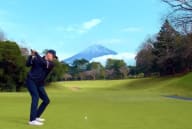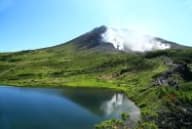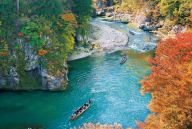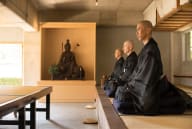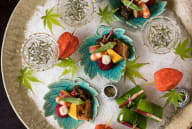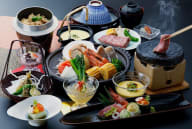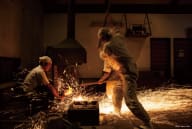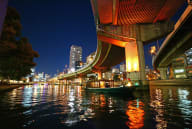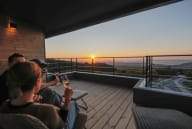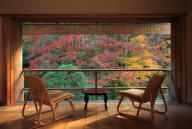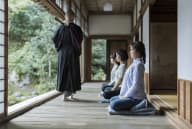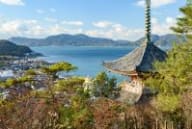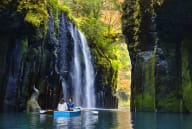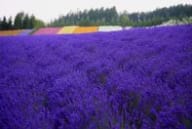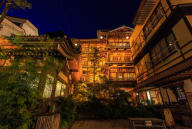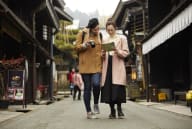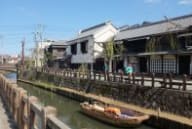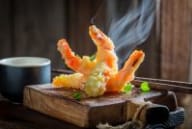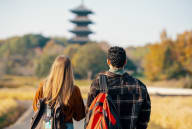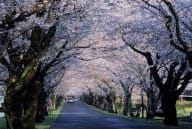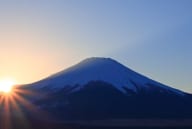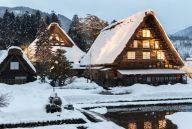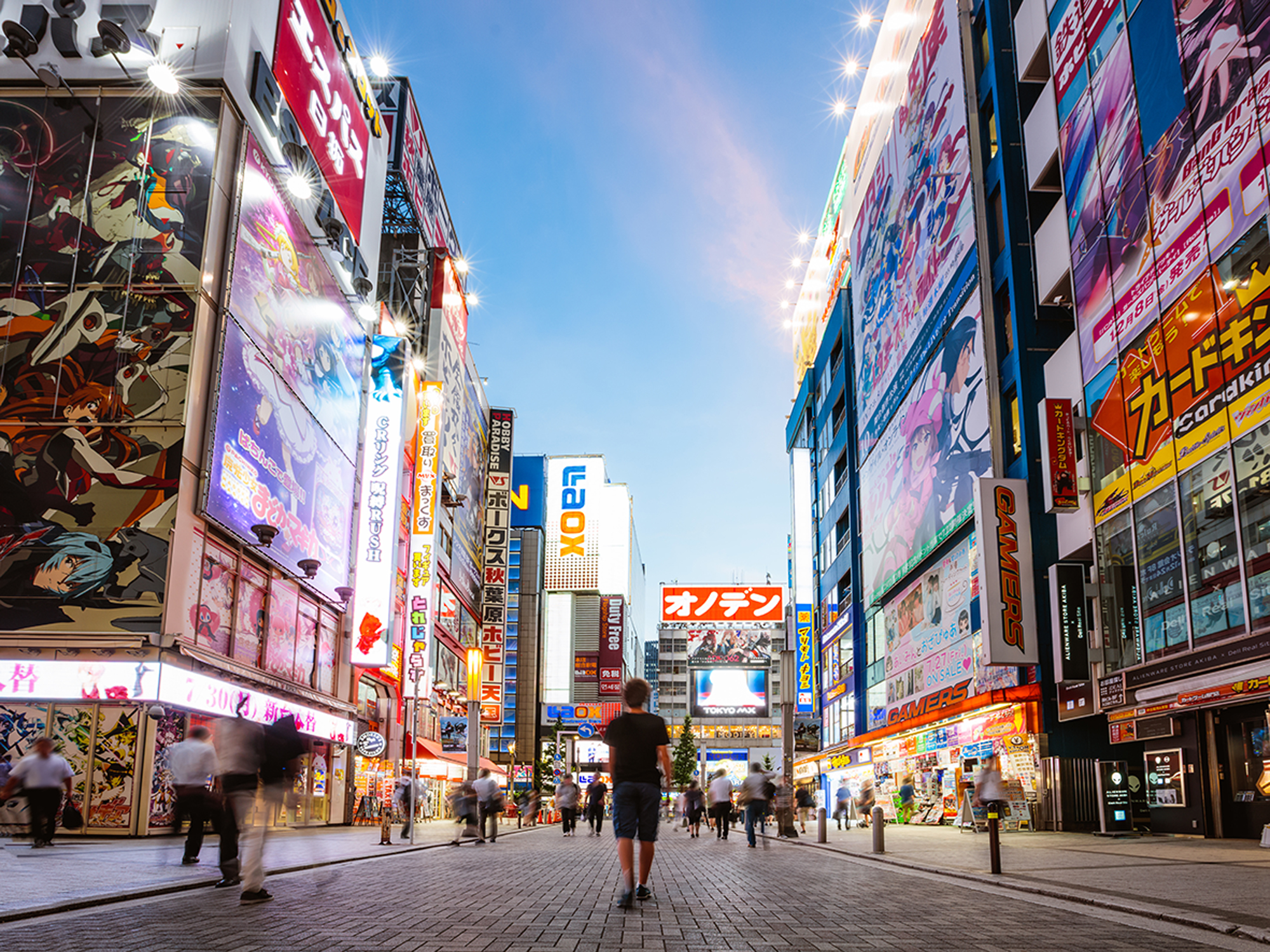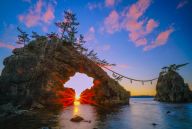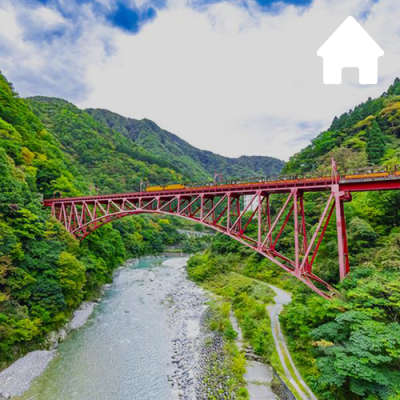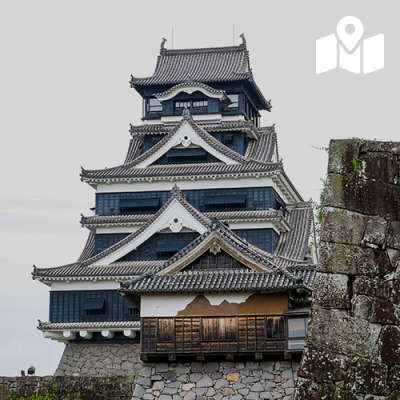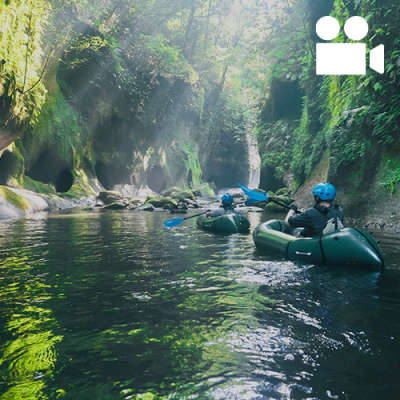Use the
Planning a Trip to Japan?
Share your travel photos with us by hashtagging your images with #visitjapanjp
I had the opportunity to take part in a four-day study and sightseeing trip in the Hokuriku region of Japan, which was a diverse and highly meaningful experience. We explored stunning natural landscapes and places rich in cultural significance. On the first day, we visited the historic Heisenji Hakusan Shrine, On the second day, we toured Yunokuni no Mori and the city of Kanazawa, On the third day, we participated in a traditional metal-casting workshop, On the final day, we visited Gujo city (Tokai Region, Gifu Prefecture) to experience and admire the beautiful natural viewpoints.
As part of my visit, I explored one of the main themes of the 2025 International Exposition, “Empowering Lives,” and discovered how traditional craft experiences not only spark creativity and empower individuals, but also reflect a deep connection between nature and culture.
Day 1: HEISENJI HAKUSAN SHRINE

STUNING NATURE DEEP IN THE FOREST
Heisenji Hakusan Shrine (Fukui Prefecture, Japan)
Heisenji Hakusan is an ancient Shinto shrine with a history of over 1,300 years, located in the northern part of Japan in Fukui Prefecture. It was founded in the year 717 by the monk Taichō, and served as a sacred gateway to Mount Hakusan , a revered mountain worshipped in both Buddhism and Shinto since ancient times. In the past, this shrine was not only a spiritual center but also a military stronghold, with more than 8,000 warrior monks. It was part of the Shugendō tradition, which blends elements of Shinto and Buddhism. However, the shrine was largely destroyed during the Sengoku period owing to civil war. Today, Heisenji Hakusan is known for its moss-covered stone paths and grounds, which create a serene and mysterious atmosphere. The entire area is surrounded by tall cedar trees, and on misty days, the scene becomes even more magical. It’s a popular spot for photography, especially during the rainy season when the moss and forest appear particularly vibrant.
This was my first time visiting, and I felt deeply refreshed by the natural beauty of the surrounding forest. I absolutely fell in love with the clean, fresh air and the peaceful environment. If you're planning to visit during the rainy season, I recommend bringing an umbrella, wearing light clothing, and waterproof shoes - it will make your walk much more comfortable and enjoyable.
Day 2: Yunokuni – no mori

THE RAINY SEASON AND THE GOLD LEAF PASTING
Umbrella sky and gold leaf pasting (Irodori nagaya)
This location is situated on the ascent to Yunokuni no Mori, located in the Kaga hot spring area. It is a place designed and decorated with a multitude of colorful umbrellas hanging in the sky, particularly styled for the summer and rainy seasons. It is an ideal spot for photography. Alongside the walking path, there is a small, clear stream, perfect for a relaxing stroll while enjoying the scenery. In addition to the umbrella decorations, the area also features red flags along the stream, a staircase leading to a scenic viewpoint, and hydrangeas – flowers that bloom beautifully during the rainy season.
Moreover, the area offers engaging activities for tourists, such as gold leaf application and decorating with various crystal glass pieces. These activities add vibrant color and create a charming, memorable experience for visitors.
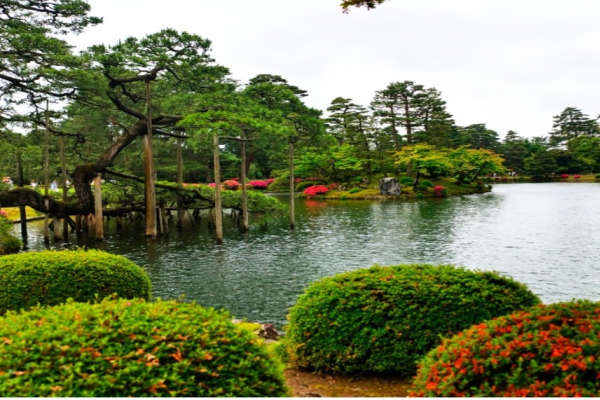
This waterfall is surrounded by beautiful natural scenery
THE BEAUTIFUL SCENERY AND THE COOL REFRESHING ATMOSPHERE AT Kenrokuen Garden
Kasumigaike Pond
It is a large pond located at the heart of the garden and serves as a beautiful tourist attraction surrounded by natural scenery such as flowering trees and a bridge crossing over the water. It has become a popular photo spot for visitors. In addition, there are several scenic viewpoints, including the Komokochiji Temple, the Karasaki pine tree, Chasayama Hill, and the Oyashirazu Cliff, all of which enhance the charm of the area. These viewpoints allow tourists to enjoy leisurely strolls while taking in the serene beauty of nature around the garden. The Horai Garden, when viewed from one angle, resembles a turtle's hole, with pine trees shaped like a crane spreading its wings in flight – a symbol of good fortune and longevity.

①Fukui Station
②Kyouryukeikoku Katsuyama
③Heisenji Hakusan Shrine
④Traditional Handicrafts Village Yunokuni no Mori
⑤Kanazawa
⑥Nousaku Casting Workshop
⑦Gujo Hachiman
-
About the author
Author: Lany Saivongvanh
Profile: Lany Saivongvanh is from Laos. I work for the Trade and Handicraft Promotion Department, Ministry of Industry and Commerce. My responsibilities in the organization include organizing and managing exhibitions both domestically and internationally. In my free time, I like to exercise and listen to music.















